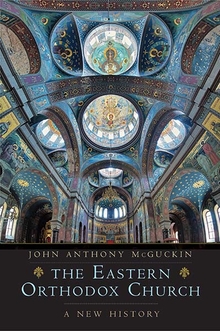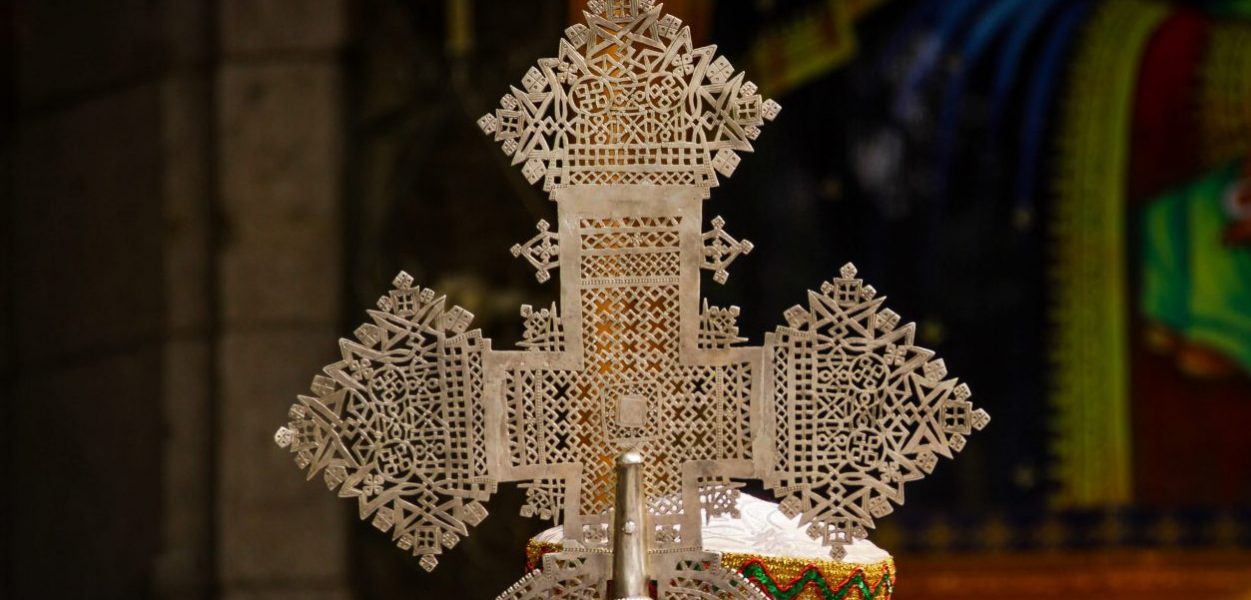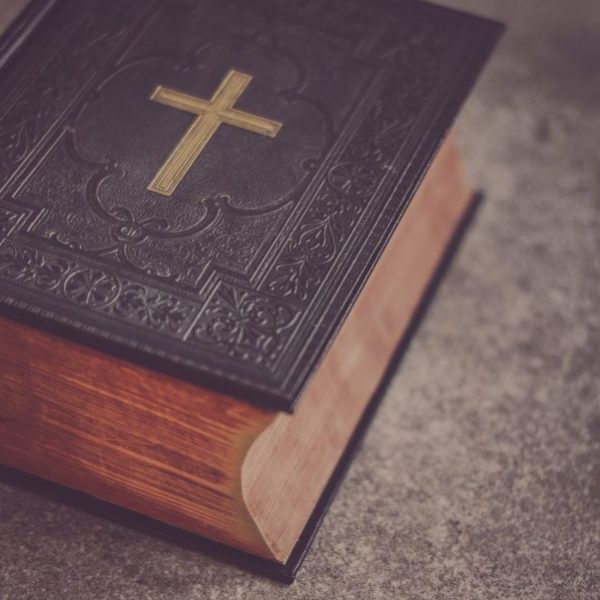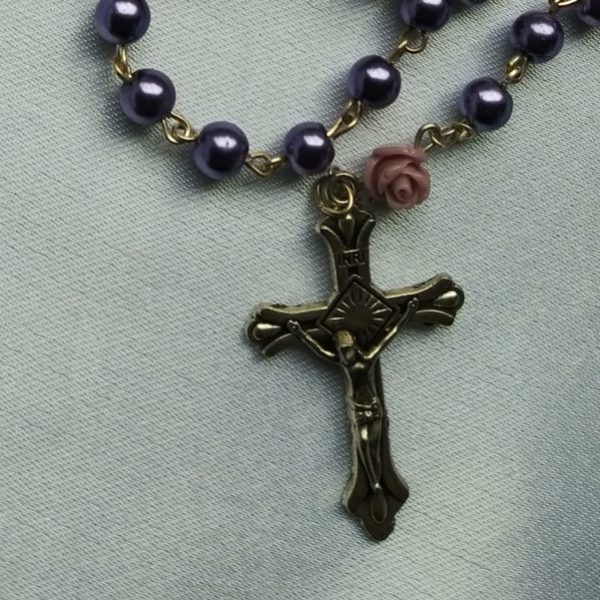Encountering Eastern Orthodoxy
John A. McGuckin—
Encountering Eastern Orthodoxy is not so common an event that it never risks a general level of misunderstanding. I, who am a priest of that church, was once asked by a Protestant minister at an ecumenical conference, how I could be Orthodox and not wear a kippah? He had mistaken Jewish orthodoxy for my own. But even among those who are
After the Great Schism between medieval Latin Western Catholic and Greek Eastern Catholic churches, customarily dated back to 1054, Church History in the Western world largely “wrote out” the stories of Byzantine and Slavic Christendom. (Although, the Eastern Orthodox have never given up their claim to ecclesiastical Catholicism and refuse to allow the churches of the Roman communion to claim this title as a monopoly). The reason for this was two-fold: the Western church with its newly resurgent papal monarchy was on the up; and the eastern churches, under a newly resurgent and aggressive Islamic empire, were evidently on the way down. By the time the early modern Reformation argument of the Western catholic world started, the eastern Christian empire had catastrophically fallen to the Ottomans and was destined to enter a very obscure twilight zone from the fifteenth to the nineteenth centuries. Russia alone, protected by Orthodox Tsars who saw themselves as the heirs (Caesars) of the Orthodox Byzantine Emperor, stood independent. Though, as time went on, Russian Emperors themselves fell before Soviet atheist overlords and the great sponsoring power of Russian Orthodoxy turned, for almost all the twentieth century, into an enslaved and greatly persecuted church.
Sometimes, it has to be said, the Protestant world did look eastwards—especially if it felt the Orthodox might be brought onside to protest papal claims. It rarely was a happy encounter. Take for example His Lordship, the Right Honourable
All went well until the hospitable Greeks disastrously invited him to see their lovely new church. When the poor evangelical bishop found out what Orthodoxy actually looked like, he was appalled. The Greeks had icons in their churches; they used incense; they believed in the tangible presence of the embodied and Risen Christ in their eucharistic devotion; they valued monasticism; they venerated and prayed to the Blessed Virgin Mary; they called upon the assistance of saints, kissed relics, and even prayed for the dead. No! This just would not do. He immediately demanded that the Greek parish must remove all its icons, stop praying to the saints, denounce what he called the “Romish” doctrine of Transubstantiation, and for good measure anathematize their own Orthodox bishops’ conclusions at their recent synod of Jerusalem (1672), which had roundly rebuked a list of Calvinist-themed doctrines as heretical and strongly reaffirmed the doctrine of the real eucharistic presence, along with the efficacy of the eucharistic sacrifice for the departed faithful. This council was, in
Of course, all that his Lordship demanded in Soho was not just ceremonial adaptations but basically a refutation of the faith and order established by the seven Ecumenical Councils of antiquity, which the Greeks accepted as their charter. The bemused parish asked for the intercession of the Patriarch of Constantinople, and the Patriarch duly approached the British ambassador in the city, Sir Robert Finch. He, very dryly, gave him to understand that he would receive no support whatsoever from the British government. The Patriarch was informed that: “It was illegal for any public church in England to express Romish beliefs, and it was just as bad to have them professed in Greek as in Latin.” The London Greek parish was forcibly closed in 1684, and its buildings were then handed over for the, much safer, use of the exiled Protestant Huguenot refugees from France. By the time another Orthodox Church was opened in London in 1838, after years of the Greek Orthodox community using the chapel of the Russian Embassy in London for worship, no external interference was recorded at all.
It is a great pity that past encounters have been so over-determined. Roman Catholicism, Protestantism, and Orthodoxy are, whether one likes it or not, the three great “styles” of world Christianity that shape our world in so many ways. Orthodoxy’s experience is much more than incense and icons. It has rich treasures of tradition that still remain almost unknown to Christians of the West, and deep mystical texts that are only today being translated into modern languages. Its wealth of history deserves to be better known. As one of its contemporary advocates, I make mine the selling point: “Since this is largely Christianity of the first millennium, its story surely belongs to you; all its texts belong to you; they are not simply ‘eastern’; they are yours.”
John Anthony McGuckin is the Nielsen Emeritus Professor of Byzantine Christian Studies at Union Theological Seminary and Columbia University, and currently professor of early Christianity in the Theological Faculty of Oxford University. An archpriest of the Romanian Orthodox Church and Fellow of the Royal Historical Society, he has written more than thirty scholarly books. He lives in the UK.
Further Reading:



























